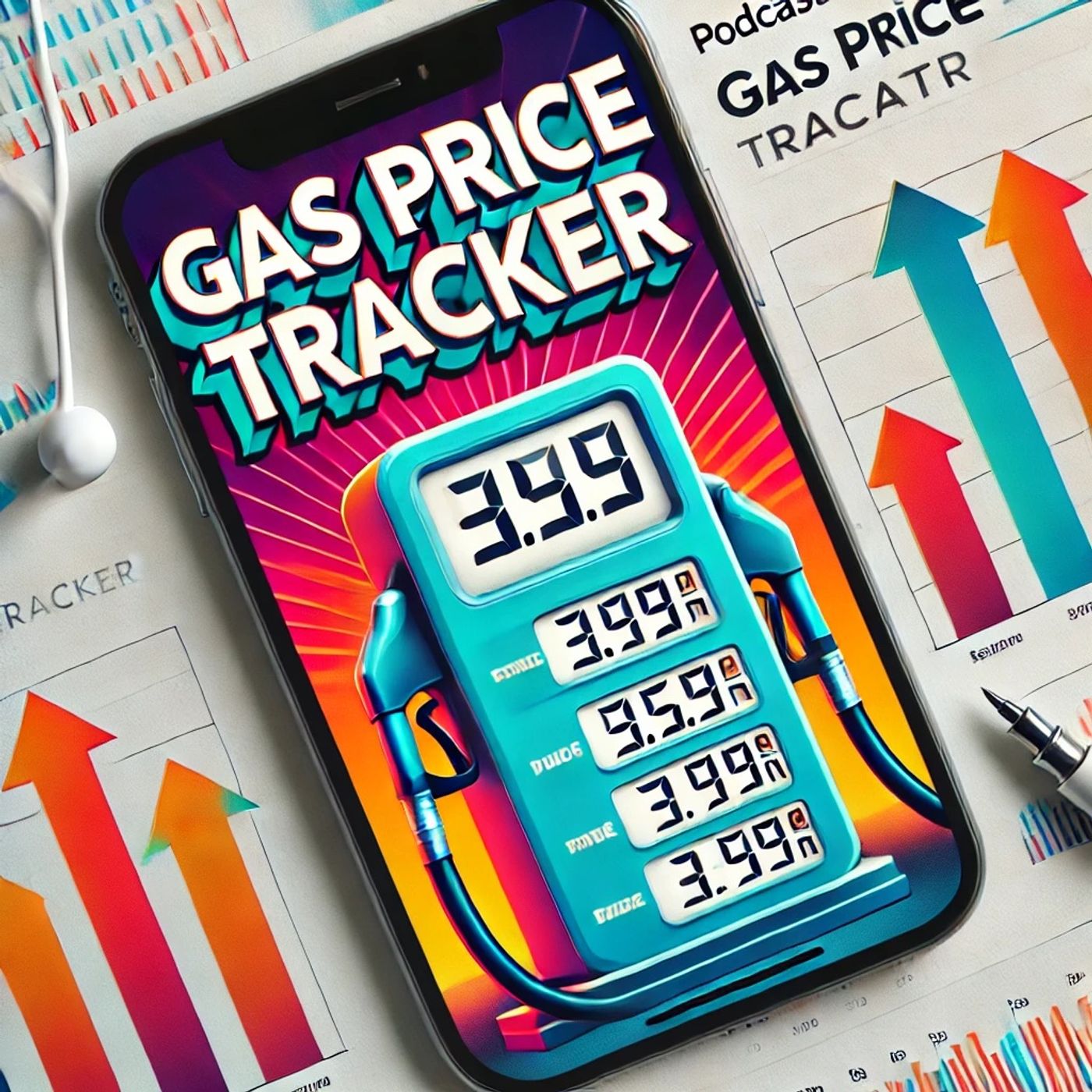Jan 08 2025 3 mins
As of January 8, 2025, listeners looking to fill up their tanks in the United States are navigating a dynamic landscape in terms of gas prices. This day marks yet another pivotal point in the history of fuel costs, reflective of a variety of domestic and international factors that influence the market.
Throughout early 2025, gas prices have displayed variability across different regions of the country, largely driven by supply and demand dynamics, geopolitical tensions, and shifts in energy policy. On this particular day, the nationwide average price for a gallon of regular unleaded gasoline hovers around $3.30. However, this average conceals the significant regional disparities driven by factors such as distribution costs, local taxes, and varying state regulations.
Listeners in the West Coast, particularly in California, often encounter the highest prices, frequently exceeding the national average by as much as 50 cents due to stringent environmental regulations and higher refining costs. Conversely, states in the Gulf Coast region, like Texas and Louisiana, often enjoy lower prices due to their proximity to major refineries and lower state taxes.
International factors also weigh heavily on U.S. gas prices. The global oil market has been influenced by ongoing geopolitical events in major oil-producing regions, such as the Middle East. Furthermore, the efforts of OPEC (Organization of the Petroleum Exporting Countries) to regulate oil output have left a noticeable imprint on international crude oil prices, which, in turn, impact gas prices stateside.
Economic conditions within the United States, such as inflation rates and consumer spending patterns, additionally contribute to fluctuations in gas prices. As of early 2025, the U.S. economy has shown signs of moderate growth, with inflation pressures easing somewhat compared to previous years. This economic backdrop supports relatively stable demand for gasoline.
Government policies, particularly those related to energy and environmental sustainability, continue to shape the gas price narrative. Advancements and incentives in alternative fuel vehicles, alongside increased investments in renewable energy, are gradually shifting consumer behavior and energy consumption patterns. The Biden administration and its policies have strived to balance environmental goals with economic demands, influencing both production and consumption levels.
Listeners are also witnessing rapid advancements in technology that could eventually alter the gasoline market landscape. Electric vehicles (EVs) are becoming more widespread, supported by improvements in battery technology and expanding charging infrastructure. As EV adoption rises, the demand for traditional gasoline is expected to see long-term declines, potentially applying downward pressure on prices.
Weather conditions still play a role, too. Extreme weather events, such as hurricanes in the Gulf of Mexico, can disrupt oil production and refining, leading to temporary spikes in gas prices. Winter typically sees increased demand for heating oil, which can also influence gasoline prices during colder months.
On January 8, 2025, listeners are observing a gas market that is steadily evolving, influenced by a blend of traditional factors and emerging trends. The focus on cleaner energy sources alongside geopolitical developments continues to shape supply and demand dynamics, providing a complex and ever-changing scenario for consumers at the pump.
Throughout early 2025, gas prices have displayed variability across different regions of the country, largely driven by supply and demand dynamics, geopolitical tensions, and shifts in energy policy. On this particular day, the nationwide average price for a gallon of regular unleaded gasoline hovers around $3.30. However, this average conceals the significant regional disparities driven by factors such as distribution costs, local taxes, and varying state regulations.
Listeners in the West Coast, particularly in California, often encounter the highest prices, frequently exceeding the national average by as much as 50 cents due to stringent environmental regulations and higher refining costs. Conversely, states in the Gulf Coast region, like Texas and Louisiana, often enjoy lower prices due to their proximity to major refineries and lower state taxes.
International factors also weigh heavily on U.S. gas prices. The global oil market has been influenced by ongoing geopolitical events in major oil-producing regions, such as the Middle East. Furthermore, the efforts of OPEC (Organization of the Petroleum Exporting Countries) to regulate oil output have left a noticeable imprint on international crude oil prices, which, in turn, impact gas prices stateside.
Economic conditions within the United States, such as inflation rates and consumer spending patterns, additionally contribute to fluctuations in gas prices. As of early 2025, the U.S. economy has shown signs of moderate growth, with inflation pressures easing somewhat compared to previous years. This economic backdrop supports relatively stable demand for gasoline.
Government policies, particularly those related to energy and environmental sustainability, continue to shape the gas price narrative. Advancements and incentives in alternative fuel vehicles, alongside increased investments in renewable energy, are gradually shifting consumer behavior and energy consumption patterns. The Biden administration and its policies have strived to balance environmental goals with economic demands, influencing both production and consumption levels.
Listeners are also witnessing rapid advancements in technology that could eventually alter the gasoline market landscape. Electric vehicles (EVs) are becoming more widespread, supported by improvements in battery technology and expanding charging infrastructure. As EV adoption rises, the demand for traditional gasoline is expected to see long-term declines, potentially applying downward pressure on prices.
Weather conditions still play a role, too. Extreme weather events, such as hurricanes in the Gulf of Mexico, can disrupt oil production and refining, leading to temporary spikes in gas prices. Winter typically sees increased demand for heating oil, which can also influence gasoline prices during colder months.
On January 8, 2025, listeners are observing a gas market that is steadily evolving, influenced by a blend of traditional factors and emerging trends. The focus on cleaner energy sources alongside geopolitical developments continues to shape supply and demand dynamics, providing a complex and ever-changing scenario for consumers at the pump.
